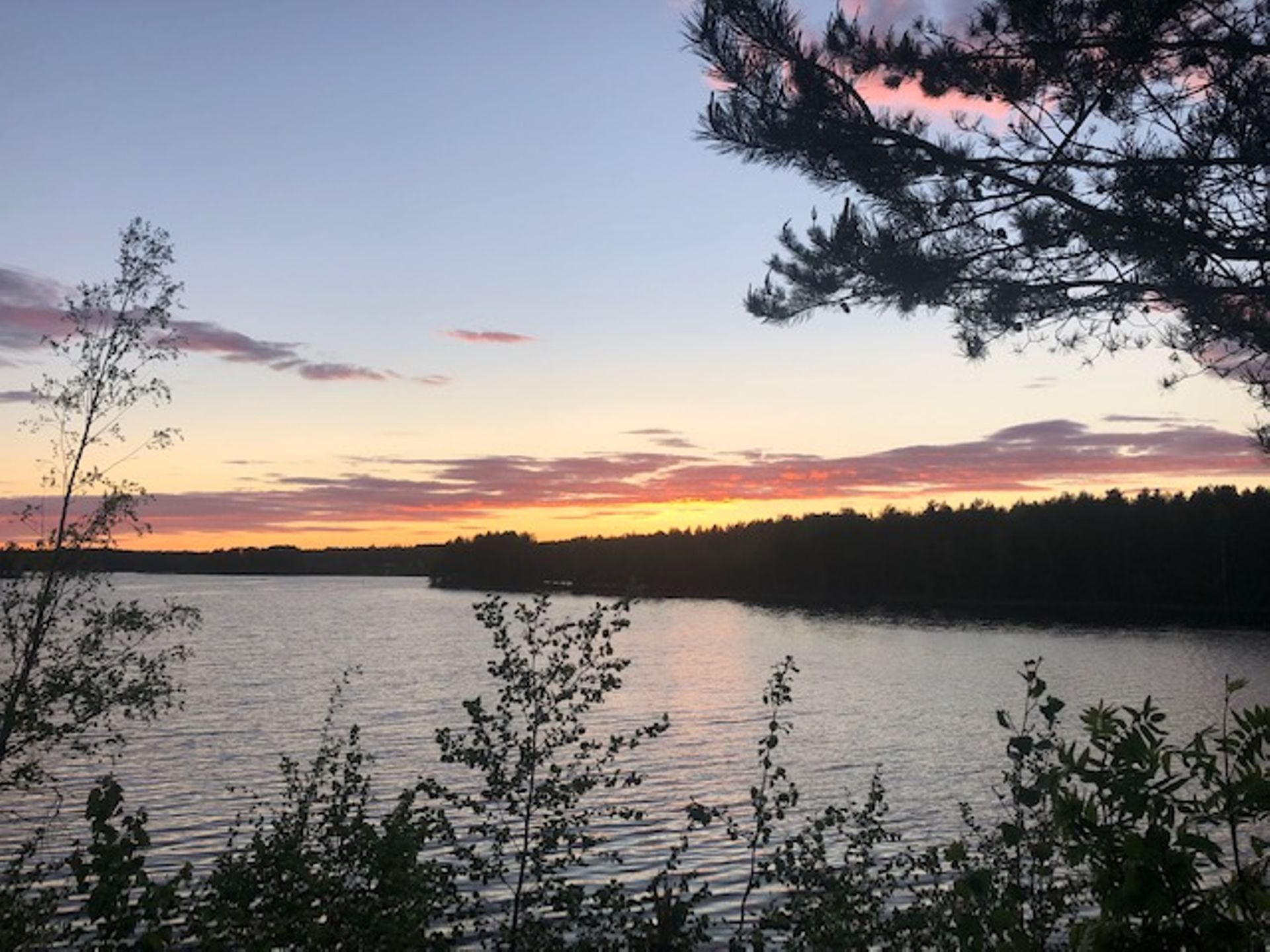From Barcelona to Salamanca
E hatisitsoe: 01.05.2024
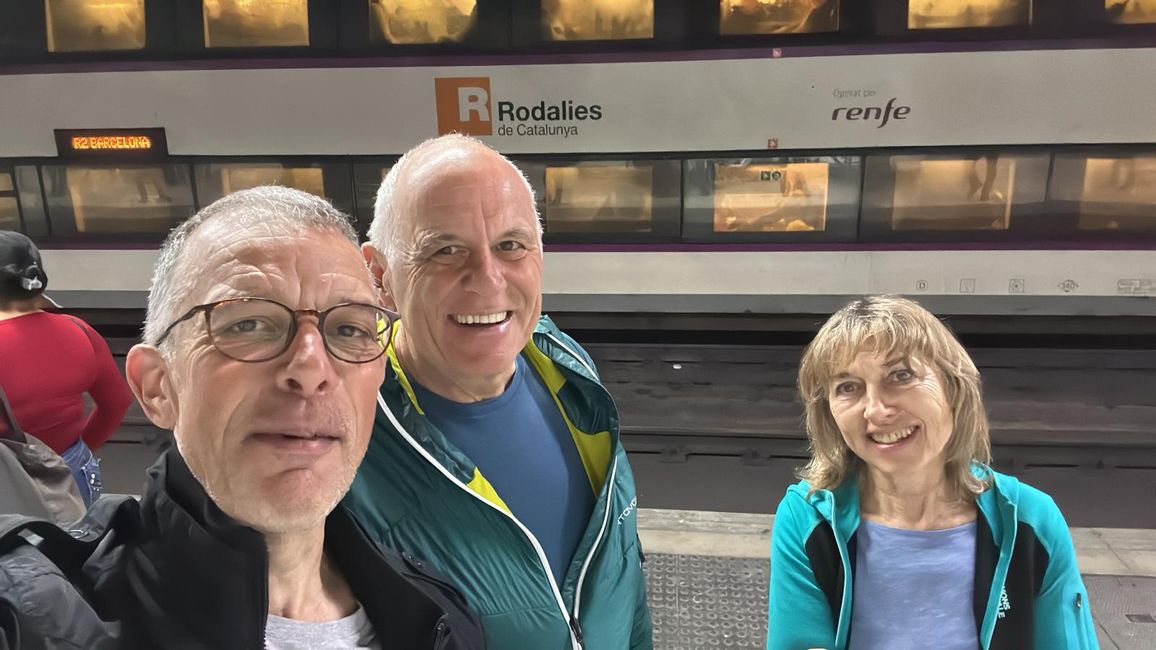
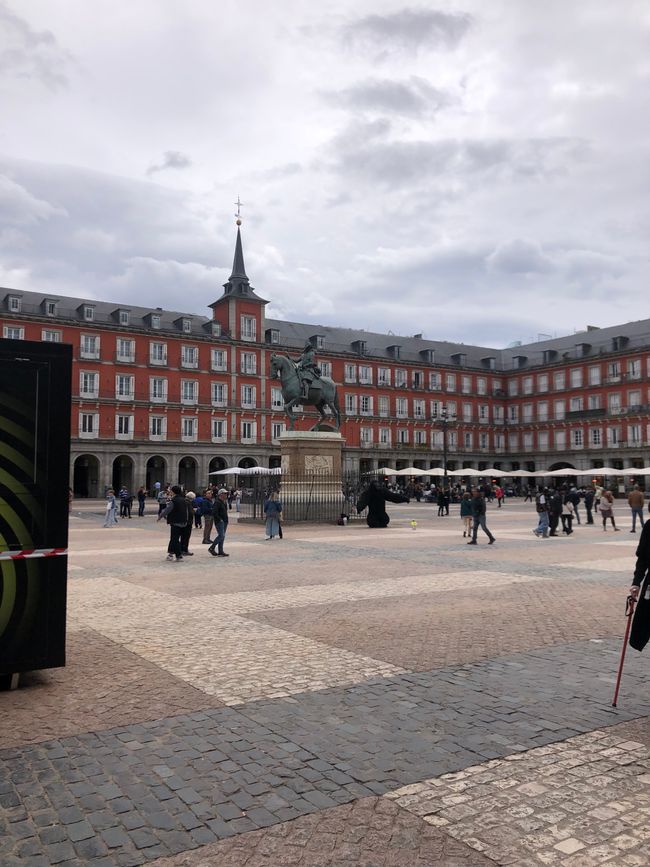
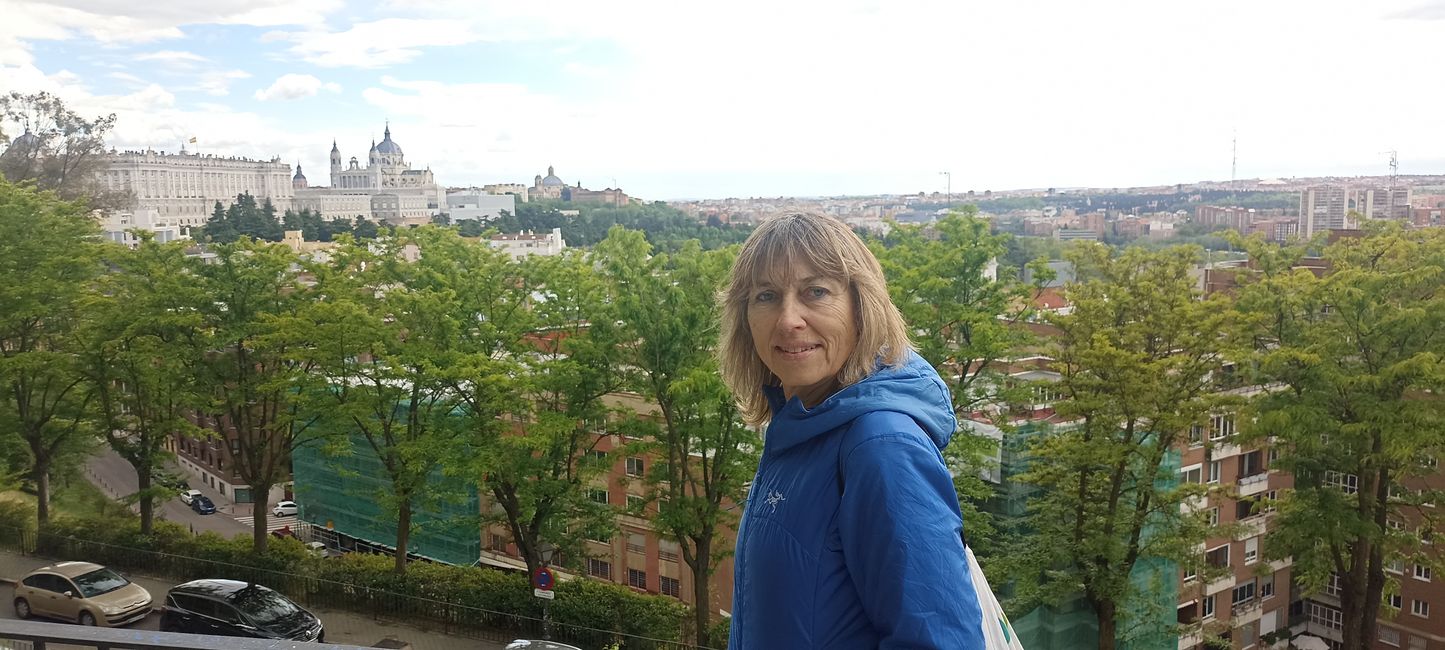
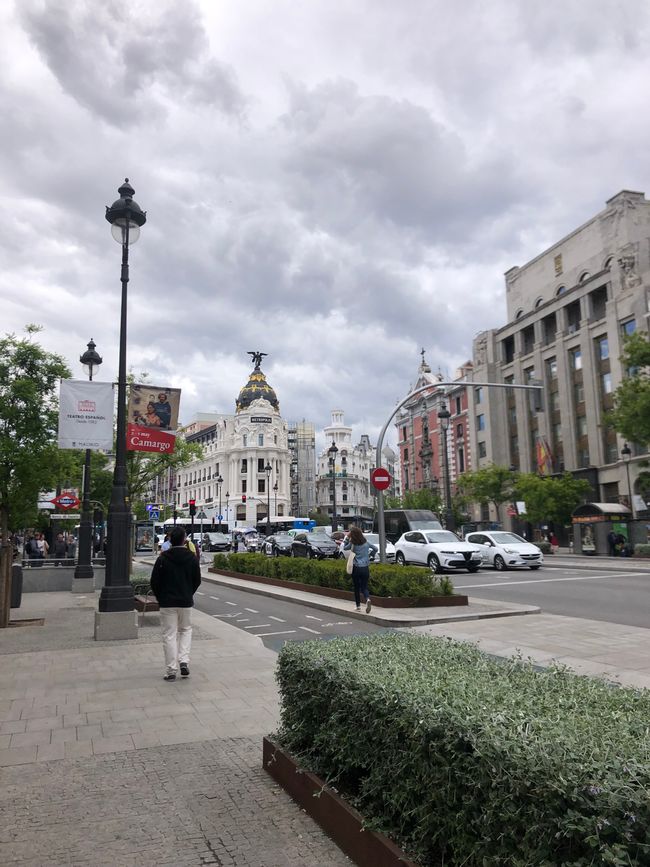
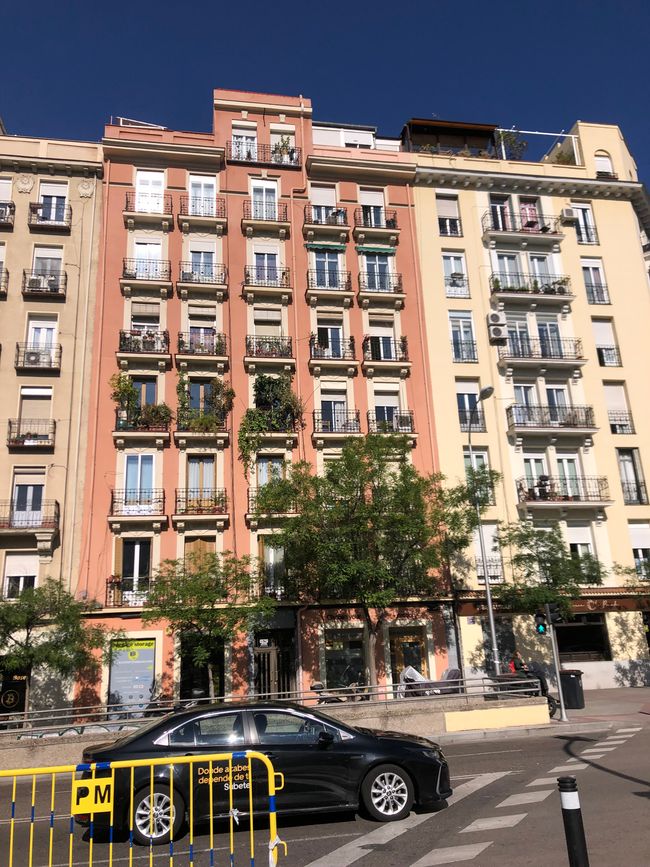
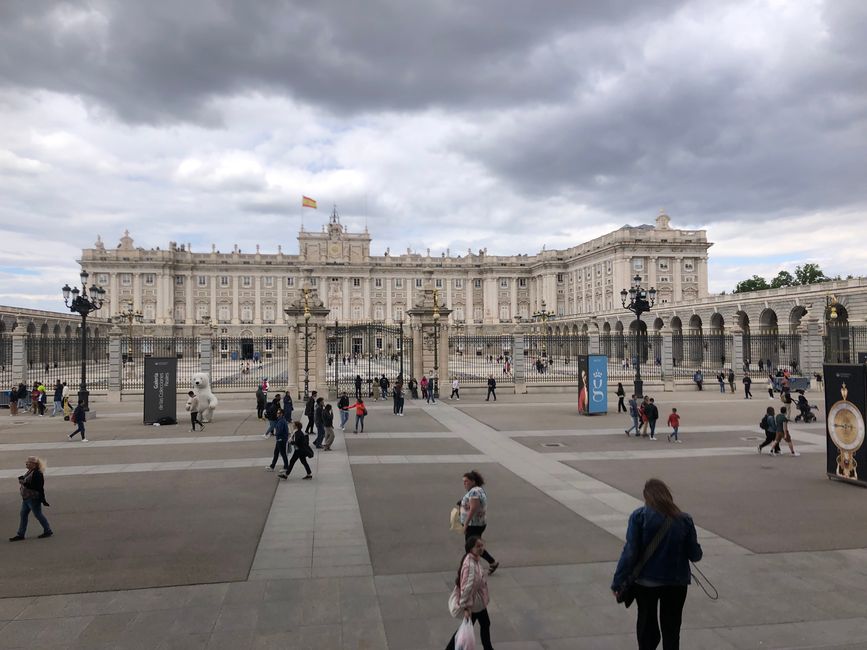

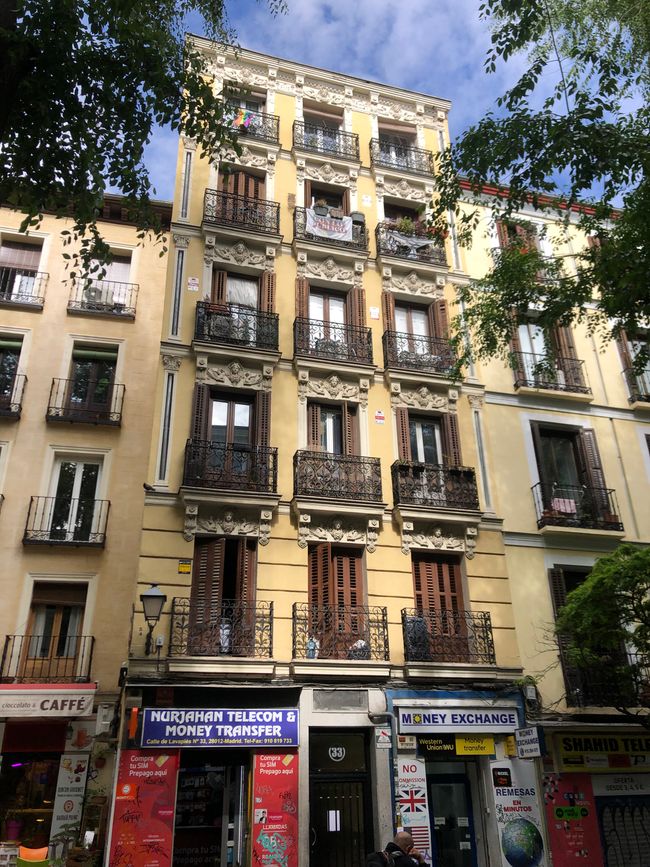
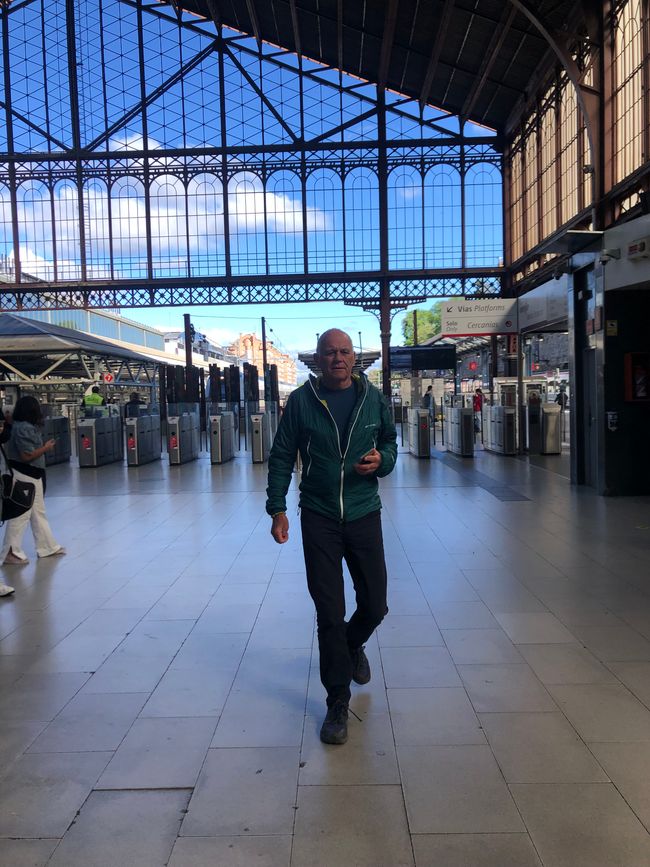
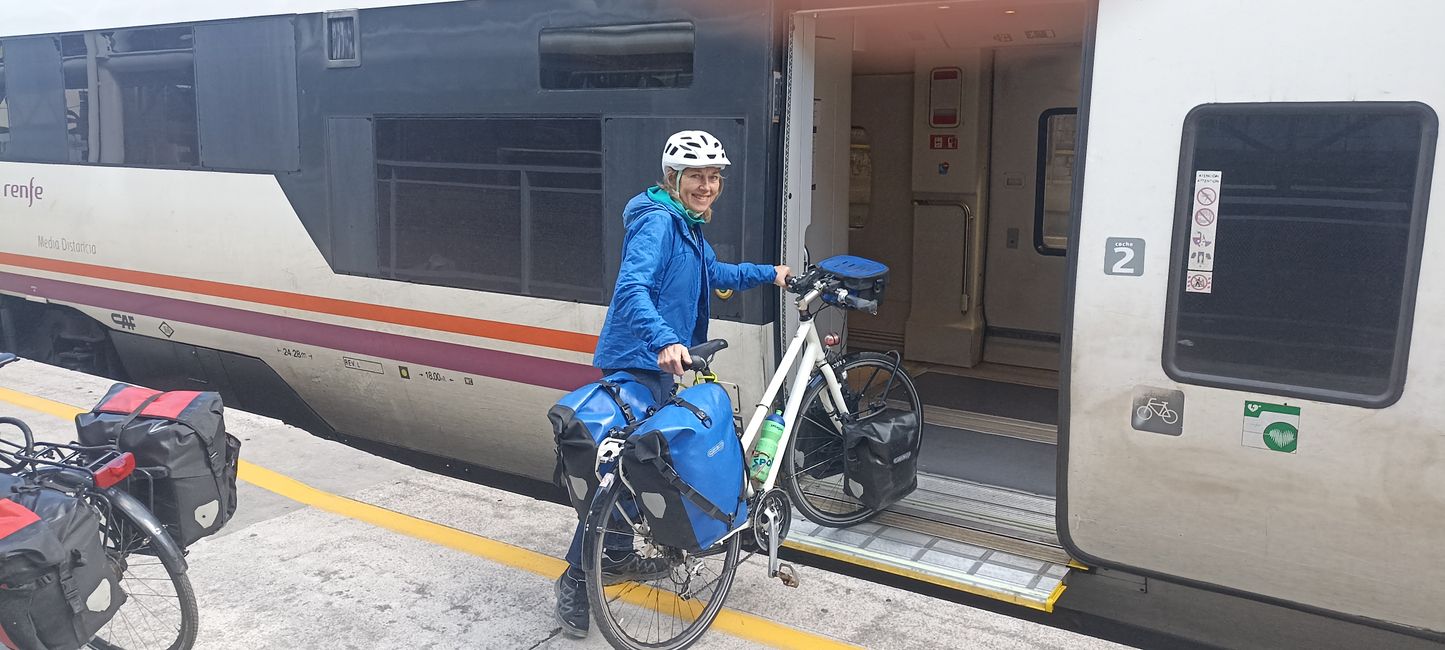
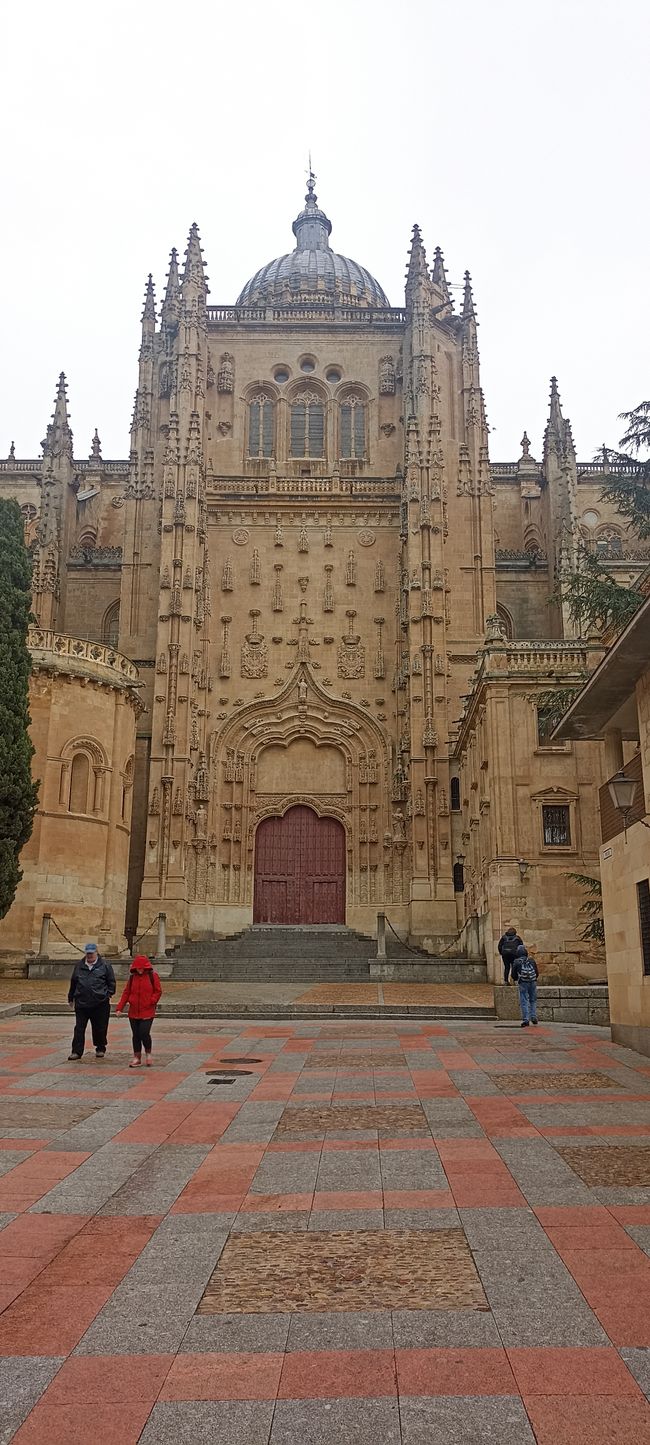
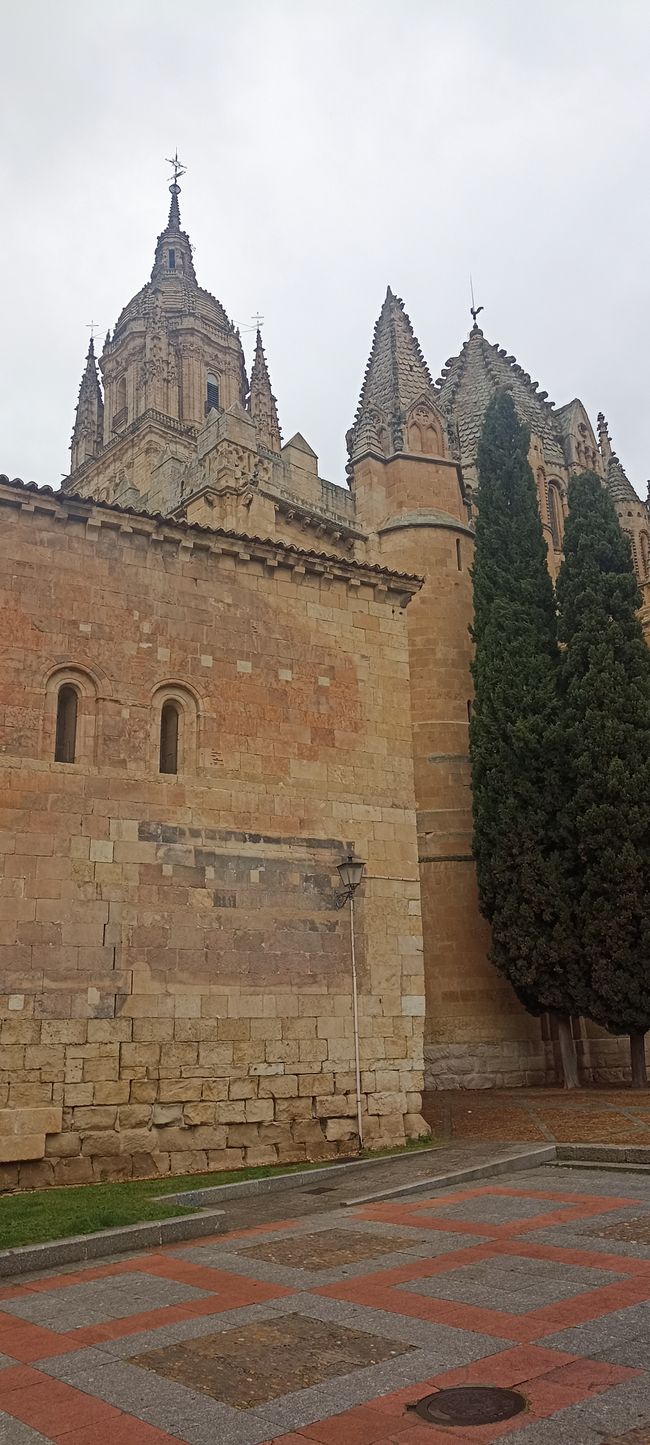
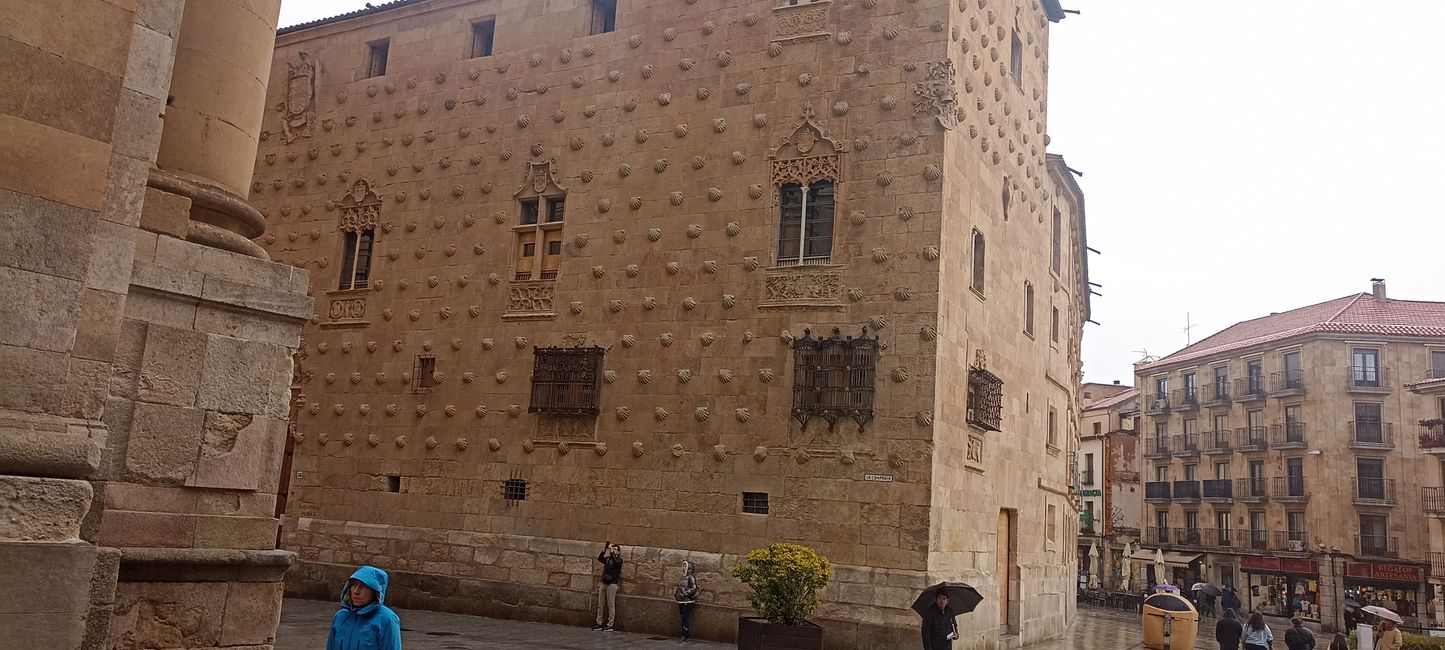
Ngolisa ho Newsletter
Monday, April 29: Barcelona - Madrid
Luckily the heavy rain didn't come until the night. It was cloudy and cool in the morning, but today we're sitting on the train for nine hours. There is only one regional train that goes to Madrid every day and takes bikes. On the platform at Sants station we meet Dirk from Belgium, who goes on a long bike trip every year. He changed his plans because of the bad weather and is now taking the train to Zaragoza and from there to his destination, Avignon, where he meets his wife. He is a nice and funny guy with whom we have a lot to share, both serious and funny. Dirk has found an interesting way to transport his bike home - he speaks to long-distance drivers who are going to Belgium and taking his bike with them. He then clarifies this with the shipping company and has had good experiences with this.
Our train initially travels along the coast to Tarragona. The sky is overcast, so that even the many long beaches present a gloomy picture. Then we head west into the hinterland, where we drive for a while along the Ebro. The area is sparsely populated and becomes increasingly barren. Dirk is quite right in saying that a western could be filmed here. After just under four hours, things get livelier again and shortly afterwards we reach Zaragoza. There we say goodbye to Dirk and hope to see him again in Basel.
The journey to Madrid is similar, except that the landscape is greener and you can see sheep, cows or horses from time to time. We arrive in Madrid on time just after 6 p.m., but the journey ends at Chamartin station and not in Atocha, so we have to cycle 10 km through the city in rush hour traffic. Thanks to komoot and the bike lanes on almost all streets, it works much better than we feared. Cycling through a capital city is always something special! From our lovely little apartment we take the metro to Plaza Major and plunge into the evening city life.
Tuesday, April 30: Madrid
Another day without cycling, but we want to use the opportunity of travelling via Madrid to visit the Prado. When we get there, people are waiting in long lines in front of the entrances. Since we have reserved tickets in advance, we can go straight to the ticket counter. After that, we also have to wait about 30 minutes. On our tour, in addition to the particularly famous paintings by Velasquez (Las Meninas - "the first selfie in history" with Velasquez in the foreground) and Goya (The Firing Squad of May 3rd in Madrid and the Black Paintings), we are impressed by the triptych of the earthly Garden of Earthly Delights by Bosch and Caravaggio's David and Goliath. The still life with lemons, oranges and a rose by Francisco de Zurbarán is also beautiful to look at. From the Prado, we walk towards Plaza de Espana along the main street Gran Via and then continue through a park to the Temple of Debod, a gift from Egypt to Spain. From the hill you have a beautiful view of the Royal Palace and the Almudena Cathedral. Later we try the legendary Bocadillo de Calamares at Plaza Mayor. Madrid's city districts all have their own character: from cosmopolitan with impressive architecture to residential areas characterized by different cultures of origin and many green spaces. In the evening we celebrate the 19th anniversary of our first meeting and our love, back then Freiburg, now Madrid - it fits! Wine recommendation: Emilio Moro vintage 2020 Ribuera del DueroWednesday, May 1st:
After 19 years, we missed the May Day celebrations for the first time because of our early arrival. Instead, we were on the train to Salamanca shortly after 11 a.m. As planned, there were bicycle spaces and seats reserved for us. After just under an hour, we had a beautiful view of the El Escorial monastery in the middle of the Sierra de Guadarrama. It dates back to the 16th century, was also a palace for a long time, and is the largest Renaissance building in the world. At around 2 p.m. we reached Salamanca, which is 800 m above sea level and greeted us with a cold breeze and just 8 degrees. With 140,000 inhabitants, the city is manageable, but has a lot to offer, as the old town is a UNESCO World Heritage Site.The artistic sandstone architecture that characterizes the cityscape is impressive. The most notable buildings are the Casa de las Conchas, a city palace with more than 300 scallop shells on the facade, and the huge cathedral. There are two cathedrals, the old one from the 12th century and the new one from the 16th century, which form a joint building complex. In the center is the Plaza Mayor from the 18th century, which is considered the most beautiful square in Spain. With the heavy rain that falls on the square during our visit, we cannot judge this.
Ngolisa ho Newsletter
Araba (6)
Larissa
An Salamanca habe ich schöne Erinnerungen, Plaza Mayor und Churros in heisser Schokolade.. zum Frühstück :)
Weiterhin gute Fahrt..
PS: Leona übt fleissig Seilspringen, sie möchte es können, bis ihr zurück kommtVielen Dank für den ersten Bericht. Diesmal ist meine gedankliche Mitreise mit euch mit eigenen Erinnerung verknüpft. Viel Freude und gutes Wetter wünsch ich euch
Rita
Es geht mir wie Rita! Ich war einige Male in Madrid, tolle Stadt. Und die Gegen Richtung Zaragoza kenne ich auch. Jemand sagte zur Gegend am Ebro: der Grand Canyion von Europa. Gratuliere zu eurer Liebe, herzlich Marlise
everydayangel
Herzlich Glückwunsch zu 19 Jahren ❤️. 🎉🎊🥳 Hab am 1. Mai bei einer langen Radtour öfter mal an euch gedacht ☺️. Liebe Grüße, Carina Marius
Danke für die Updates und die Lageberichte. Theo übt Rad fahren - vlt kann er es bis zum nächsten Wiedersehen mit Opa Fahrrad (aka Harald).
Ich bin auf dem Weg von München nach Stuttgart und grüße alle mitlesenden VfB-Anhänger vor dem heutigen Spiel 😅!Dirk aus belgien ist noch immer unterwegs …Guten Wetter und Wind kommt aus Westen . Viel gluck uns sie sehen gut aus .
Danke fur Bericht von Dirk aus Belgien 😊🙏
